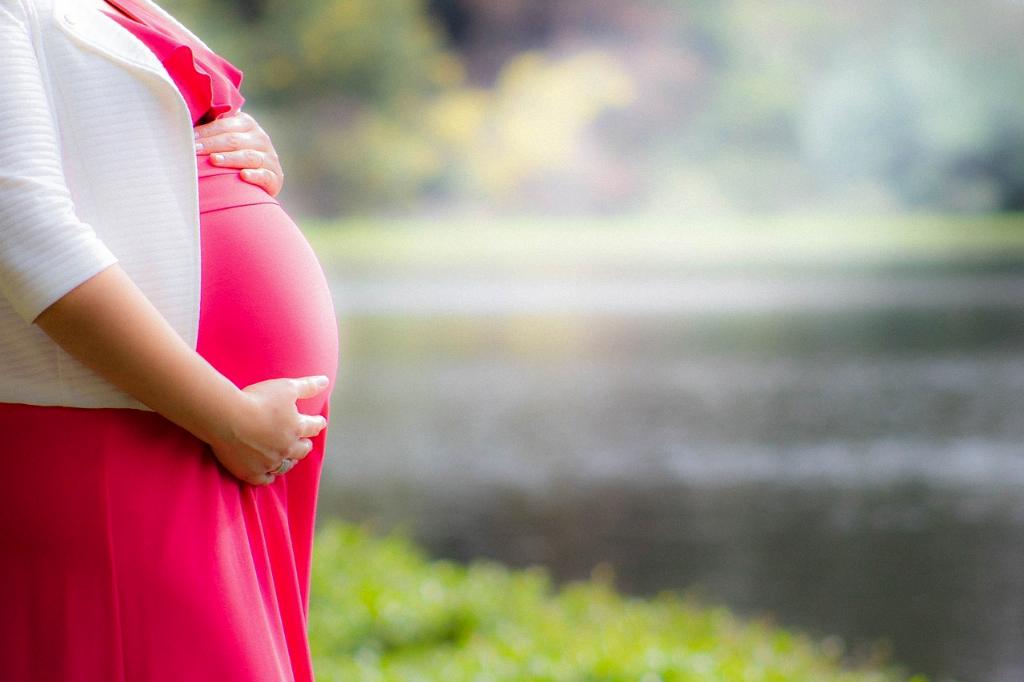At 10 weeks gestation, a significant amount of growth and development is underway within the womb. This stage marks a crucial period in the formation of the fetus, where various key milestones are reached.
Facial Features and Limb Development
During the 10th week of gestation, the embryo’s facial features start to become more defined. The ears begin to take shape, and the nostrils gradually form above the upper lip. Additionally, limb development progresses as tiny fingers and toes start emerging, showcasing the remarkable intricacy of human anatomy.
Skeletal Formation
By the 10-week mark, the jawbones of the fetus already contain all the primary teeth buds that will eventually form the milk teeth. This early skeletal formation provides a glimpse into the future growth of the baby’s dental structure and overall skeletal system.
Sexual Development
Internally, the baby’s sexual organs, either ovaries or testicles, begin to differentiate at 10 weeks gestation. However, externally, the genitalia are still in the process of development, awaiting further maturation in the coming weeks.
Brain Activity
One of the most fascinating aspects of fetal development at 10 weeks gestation is the presence of brain activity. At this stage, the developing brain exhibits detectable brain waves, indicating the early stages of cognitive function and neurological connectivity.
Organ Formation and Function
While many of the major organs have begun forming by the 10th week of gestation, they are not yet fully functional. The heart continues to beat rhythmically, and essential internal organs such as the liver and kidneys are in the process of maturing and assuming their respective roles in the body.
Reflex Movements
Although the fetus is still tiny at 10 weeks gestation, it starts exhibiting reflex movements. These spontaneous actions, such as limb twitches and facial expressions, demonstrate the early development of the nervous system and muscular coordination.
Umbilical Cord and Placenta Growth
As the fetus grows rapidly at 10 weeks gestation, the umbilical cord and placenta undergo significant expansion to support the increasing nutritional and oxygen needs of the developing baby. These vital structures play a crucial role in the exchange of essential substances between the mother and the fetus.
Maternal Bonding and Emotional Development
Although the fetus is still in the womb, the 10-week gestational period marks the beginning of emotional bonding between the mother and the unborn child. Studies suggest that maternal emotions and stress levels can impact the fetus, emphasizing the importance of a nurturing and supportive environment during pregnancy.
Environmental Influences
At 10 weeks gestation, the developing fetus is susceptible to external influences and environmental factors that can affect its growth and well-being. It is essential for expectant mothers to maintain a healthy lifestyle, avoid harmful substances, and seek prenatal care to ensure optimal conditions for the baby’s development.
Future Growth and Development
Looking ahead, the 10th week of gestation sets the stage for continued growth and differentiation in the coming weeks and months. Each day brings new changes and milestones as the baby progresses towards full-term development, highlighting the incredible journey of pregnancy and the miracle of life.
Conclusion
In conclusion, the 10th week of gestation represents a pivotal period in the development of the fetus, with significant advancements in facial features, limb formation, organ growth, brain activity, and emotional bonding. Understanding the complexities of fetal development at this stage underscores the importance of prenatal care, maternal well-being, and a nurturing environment for the optimal growth and health of the baby.

